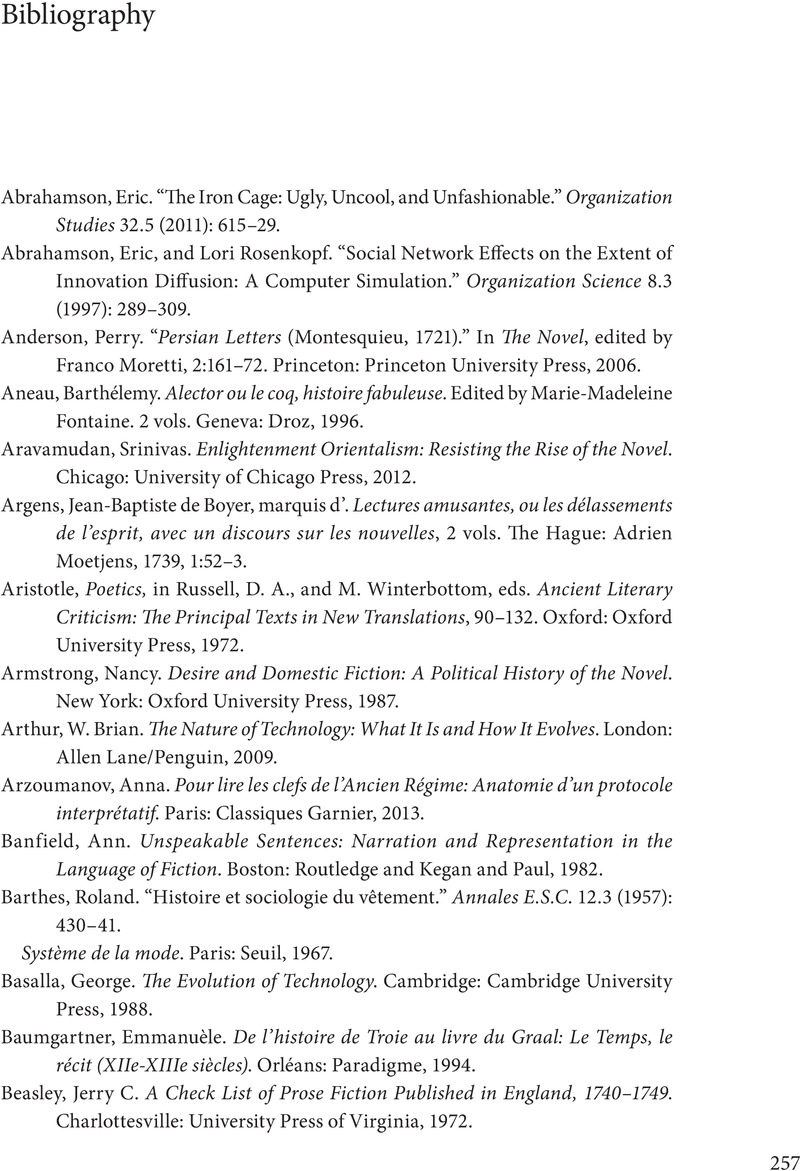Bibliography
Published online by Cambridge University Press: 06 November 2020
Summary

- Type
- Chapter
- Information
- Technologies of the NovelQuantitative Data and the Evolution of Literary Systems, pp. 257 - 268Publisher: Cambridge University PressPrint publication year: 2020



